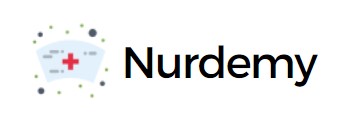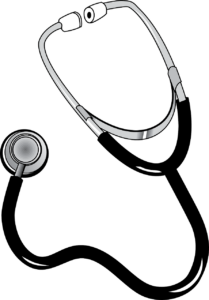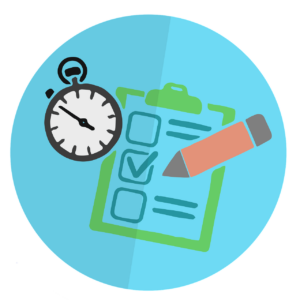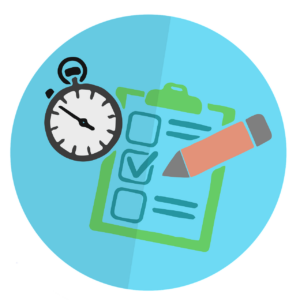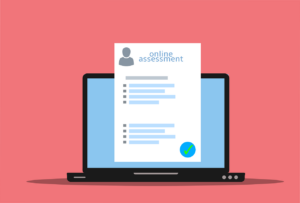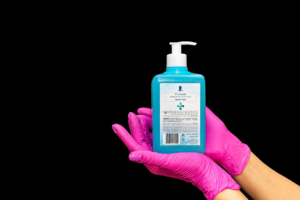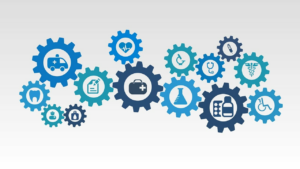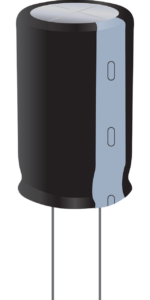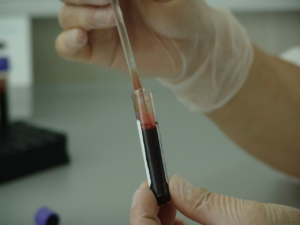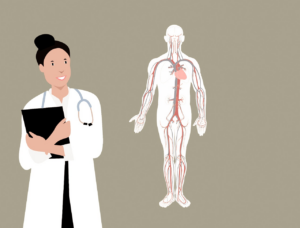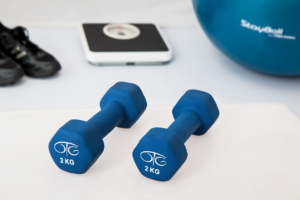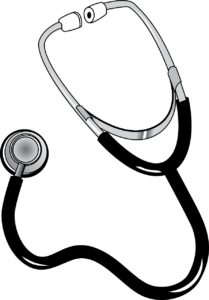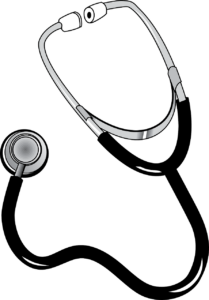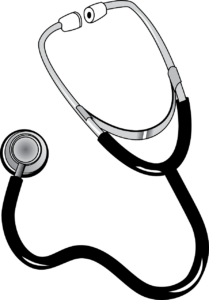Are you feeling anxious about taking the NCLEX exam? Do you want to improve your chances of passing on the first try? Look no further than the NCSBN NCLEX Practice Exam Quizlet.
This comprehensive review tool can help you prepare for the exam and boost your confidence. By using Quizlet, you can gain a better understanding of the NCLEX exam’s format and content.
The quizlet is designed to cover key topics such as pharmacology, patient care, and nursing procedures. With its easy-to-use interface and customizable features, you can tailor your study sessions to your individual needs.
Keep reading to learn more about how to use the NCSBN NCLEX Practice Exam Quizlet to ace the NCLEX exam.
Key Takeaways
- The NCLEX exam is a computerized test to determine if a person is qualified to become a licensed nurse, with passing rates around 85%.
- NCSBN NCLEX Practice Exam Quizlet offers a wide range of NCLEX practice exam questions to prepare for the real thing, allowing studying at own pace and creating customizable flashcards.
- The exam is broken down into two sections: assessing knowledge and understanding of nursing principles, and testing ability to apply those principles in real-life situations, with pharmacology being a major component.
- Assessment and diagnosis, infection control, and basic life support are crucial in patient care and nursing procedures, with hand hygiene, proper disposal of contaminated items, and practicing respiratory hygiene being important precautions in infection control, and CPR being a critical skill that can save a patient’s life in case of cardiac arrest.
Overview of the NCLEX Exam
You’re probably feeling a little overwhelmed about the NCLEX exam, but don’t worry – we’ll give you a brief overview of what to expect so you can feel more prepared.
The NCLEX exam is a computerized test that is used to determine whether or not a person is qualified to become a licensed nurse. The exam is broken down into two sections: the first section is focused on assessing your knowledge and understanding of nursing principles, while the second section is focused on testing your ability to apply those principles in real-life situations.
The NCLEX exam structure is designed to be challenging, but with proper preparation, you can increase your chances of passing. In fact, according to the National Council of State Boards of Nursing (NCSBN), the organization responsible for administering the exam, the overall passing rate for the NCLEX exam is around 85%.
However, passing rates can vary depending on a number of different factors, including the type of nursing program you completed, the amount of preparation you’ve done, and your overall level of confidence going into the exam.
Using the Quizlet to Improve Your Scores
Immerse yourself in the world of flashcards and watch as your test scores soar to new heights with the help of Quizlet.
This online platform offers a wide range of NCLEX practice exam questions that can help you prepare for the real thing. With Quizlet, you can review different concepts, memorize important terms, and test your knowledge through various quizzes and games.
One of the benefits of using Quizlet is that it allows you to study at your own pace and in your own time. You can create your own flashcards and customize them to fit your learning style.
You can also join study groups and collaborate with other nursing students who are also preparing for the NCLEX exam. With these study strategies, you can improve your test-taking skills and boost your confidence when taking the actual exam.
So, why not give Quizlet a try and see how it can help you ace the NCLEX exam?
Focus on Pharmacology
As you’re preparing for the NCLEX exam, it’s important to focus on pharmacology. This is a major component of the exam.
There are two key points that you need to understand: common medications and their effects, and dosage calculations. By mastering these concepts, you’ll be better equipped to answer questions related to medication administration on the NCLEX.
Common Medications and Their Effects
Some common medications and their effects are discussed in this section. When it comes to medication administration, it’s important to fully understand the effects of each medication.
Here are some examples of common medications and their effects:
-
Pain Relievers:
-
Acetaminophen: commonly used for pain relief and fever reduction, but can cause liver damage if taken too frequently or in high doses.
-
Ibuprofen: also used for pain relief and fever reduction, but can cause stomach ulcers and bleeding if taken for extended periods of time.
-
Anti-Anxiety Medications:
-
Alprazolam: used to treat anxiety and panic disorders, but can cause drowsiness, dizziness, and dependence if taken for long periods of time.
-
Buspirone: also used to treat anxiety, but has fewer side effects and less potential for dependence compared to other anti-anxiety medications.
It’s important to always be aware of the potential adverse reactions that may come with taking any medication. Knowing the effects of common medications can help you make informed decisions when it comes to medication administration.
Be sure to speak with a healthcare professional before starting any new medication, and never hesitate to ask questions or express any concerns you may have.
Dosage Calculations
To accurately administer medications, you need to understand dosage calculations and how to calculate the correct amount of medication for the patient. This involves converting between different units of measurement and making sure that the dosage is appropriate for the patient’s age, weight, and medical condition. One of the most important things to remember when calculating medication dosages is to always double check your work and use a reliable source for conversion factors.
Metric conversions are a crucial part of medication administration and involve converting between different units of measurement, such as milligrams and grams or milliliters and liters. To calculate a dosage, you need to know the patient’s weight in either kilograms or pounds and the recommended dose per kilogram of body weight. Once you have this information, you can use the following formula to calculate the correct dosage:
| Formula for Dosage Calculation | Example Calculation |
|---|---|
| Dose = Weight x Dose per kg | A patient weighs 60 kg and the recommended dose is 0.5 mg/kg |
| Dose = 60 kg x 0.5 mg/kg | Dose = 30 mg |
Remember to always check your work and use a reliable source for conversion factors to ensure that you are administering the correct dosage of medication to your patients.
Patient Care and Nursing Procedures
As a nurse, you play a crucial role in patient care and nursing procedures. This subtopic covers three key areas:
- Assessment and diagnosis
- Infection control
- Basic life support
By mastering these skills, you can ensure that your patients receive the best possible care and that you’re equipped to handle any situation that may arise.
Assessment and Diagnosis
Diagnosing a patient’s condition is crucial for determining the appropriate treatment plan. As a nurse, you must be knowledgeable about assessment techniques and nursing diagnosis to effectively diagnose a patient’s condition. Here are some things you should consider during the assessment and diagnosis process:
-
Assessment techniques: As a nurse, you must be proficient in various assessment techniques, such as palpation, auscultation, percussion, and inspection. These techniques help you gather information about the patient’s physical, emotional, and mental status, which is crucial for making an accurate diagnosis. Additionally, you should also be aware of the different types of assessments, including initial, focused, emergency, and time-lapsed assessments, and know when to use each one.
-
Nursing diagnosis: Nursing diagnosis is an important part of the assessment and diagnosis process. It helps you identify the patient’s health problems and develop a comprehensive care plan. To make an accurate nursing diagnosis, you must first collect data from the patient, family, and other healthcare providers. Then, you must analyze the data and identify any patterns, problems, or risk factors. Finally, you must formulate a nursing diagnosis based on your findings and develop a plan of care that addresses the patient’s needs.
Infection Control
Now that you’ve got a good handle on assessing and diagnosing patients, it’s time to shift your focus to infection control. It’s a critical aspect of nursing that helps prevent the spread of diseases and infections in healthcare settings.
By following proper hand hygiene techniques and taking other precautions, you can help keep yourself and your patients safe from harmful pathogens. Hand hygiene is one of the most important measures you can take to prevent the spread of infections.
Proper hand washing techniques involve using soap and warm water for at least 20 seconds, making sure to thoroughly clean all surfaces of the hands. You should also use hand sanitizer when hand washing is not possible.
In addition to hand hygiene, it’s important to take other precautions such as using personal protective equipment, properly disposing of contaminated items, and practicing respiratory hygiene to prevent disease transmission.
By following these infection control measures, you can help ensure a safe and healthy environment for yourself and your patients.
Basic Life Support
To be a competent nurse, you must know how to perform basic life support skills, such as CPR techniques. CPR is a critical skill that can save a patient’s life in case of cardiac arrest. You need to know how to assess the patient’s responsiveness, check their breathing, and perform chest compressions and rescue breaths.
Moreover, you should be familiar with using an automated external defibrillator (AED) in case of a cardiac emergency. The AED is a portable device that delivers an electric shock to the heart to restore its normal rhythm. You need to know how to use it safely and effectively, as every second counts in such situations.
By mastering these basic life support techniques, you can provide timely and effective care to your patients and help prevent serious complications.
Tips for Success on the NCLEX Exam
Ace the NCLEX exam with these tips for success! The NCLEX exam is a challenging test that requires both knowledge and strategy to pass.
Here are three NCLEX exam strategies and test taking tips that can help you succeed:
-
Practice, practice, practice: Take advantage of the numerous resources available to you, such as practice exams and review courses. This will help you get familiar with the format and types of questions you’ll encounter on the NCLEX exam.
-
Manage your time wisely: The NCLEX exam is timed, so it’s important to pace yourself and avoid spending too much time on any one question. If you’re stuck on a question, mark it and come back to it later.
-
Stay calm and confident: Test anxiety can be a major obstacle to success on the NCLEX exam. To combat this, take deep breaths, visualize yourself succeeding, and remind yourself of all the hard work you’ve put in to prepare for this moment.
With these NCLEX exam strategies and test taking tips, you can increase your chances of passing the exam and achieving your dream of becoming a licensed nurse.
Frequently Asked Questions
What is the passing score for the NCLEX exam?
When it comes to the NCLEX exam passing score, it’s important to understand that the difficulty level of the exam can vary depending on a number of factors. However, in general, the passing score for the NCLEX exam is around 50-60%.
This means that you need to answer at least half of the questions correctly in order to pass. Keep in mind that the difficulty level of the exam is designed to challenge you and test your knowledge, so it’s important to prepare thoroughly and be confident in your abilities.
With the right mindset and preparation, you’ll be well on your way to passing the NCLEX exam with flying colors.
How many times can you take the NCLEX exam?
If you fail the NCLEX exam on your first attempt, don’t worry too much. You can take the test again, and there is no limit to the number of times you can try.
However, there are time intervals you need to observe before retaking the exam. These intervals vary depending on the state board of nursing you’re registered in, but most states require you to wait at least 45 days before your second attempt.
If you fail again, you’ll have to wait longer before taking the test again. However, it’s essential to note that retaking the NCLEX can be expensive, and you need to identify the areas where you need improvement before scheduling your next attempt.
Are there any specific strategies for answering NCLEX exam questions?
When it comes to answering NCLEX exam questions, time management and critical thinking are key. You’ll need to be able to analyze each question quickly and efficiently, while also prioritizing your time so that you can complete the exam within the allotted timeframe.
One effective strategy is to read the question carefully, paying close attention to any keywords or phrases that may indicate what the question is asking. Then, you can use your critical thinking skills to eliminate any obviously incorrect answers and narrow down your choices.
Finally, make sure you’re managing your time wisely throughout the exam, so that you can answer as many questions as possible and avoid getting bogged down on any one particularly difficult question.
With these strategies in mind, you’ll be well-equipped to tackle the NCLEX exam and pass with flying colors.
How long does it take to receive NCLEX exam results?
When you take the NCLEX exam, you can expect to receive your exam result timeline within 2-6 weeks.
However, if you took the exam outside of the United States, it may take longer to receive your results.
It’s important to note that the timeline for receiving results can vary depending on the state you took the exam in and the volume of test-takers.
If you’re anxious about receiving your results, try to stay patient and focus on self-care in the meantime.
Is it necessary to take a review course before taking the NCLEX exam?
Taking a review course before the NCLEX exam is not necessary, but it can have its pros and cons.
On one hand, a review course can provide you with a structured study plan, access to resources, and guidance from experienced instructors. This can help you feel more confident and prepared for the exam.
On the other hand, review courses can be expensive and time-consuming, and some people may find that self-study is just as effective.
Success stories vary, with some people crediting review courses for their passing score, while others attribute their success to self-study or a combination of both.
Ultimately, the decision to take a review course should be based on your individual needs and preferences.
Conclusion
Congratulations! You’ve completed the comprehensive review of the NCSBN NCLEX practice exam on Quizlet. By now, you should have a solid understanding of the exam format, the importance of pharmacology, patient care, and nursing procedures, and tips for success.
Remember, the NCLEX exam is a critical step towards obtaining your nursing license. By utilizing the Quizlet platform, you’re equipping yourself with the tools necessary to achieve a passing score. Keep practicing, stay focused, and don’t forget to take breaks and practice self-care during your study sessions.
You’ve got this! Good luck on your journey towards becoming a licensed nurse.
